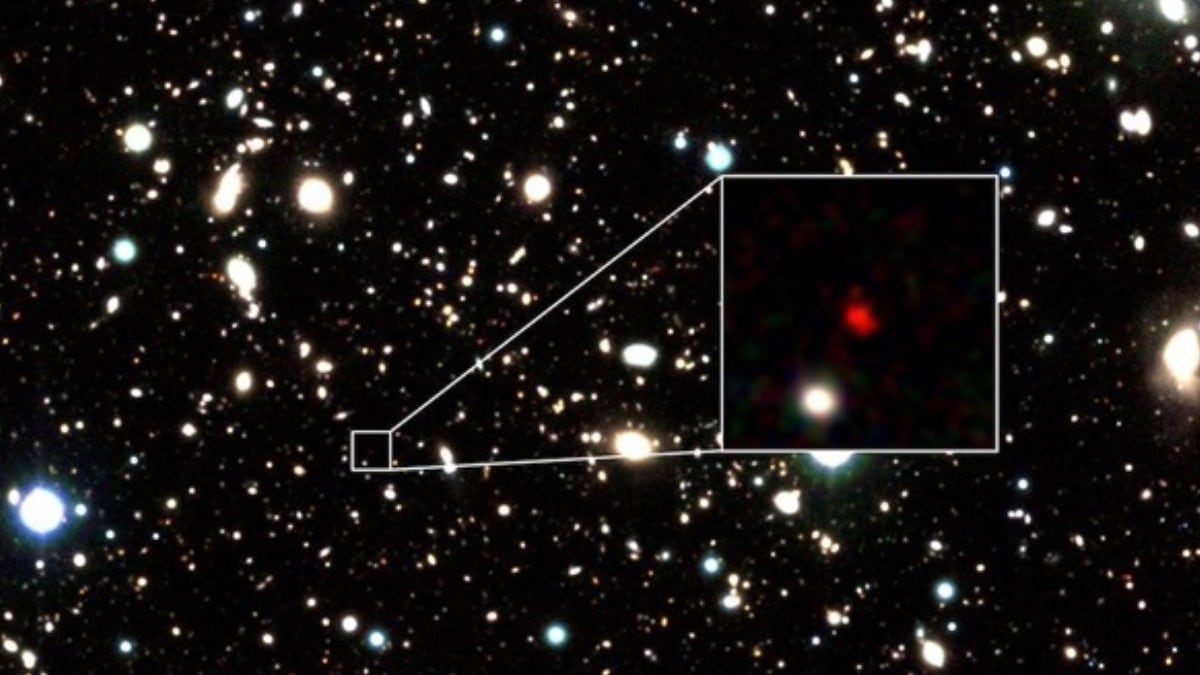Researchers have discovered what they believe to be the farthest astronomical object yet discovered: HD1, a galaxy candidate estimated to be 13.5 billion light-years away. That’s an incredible 100 million light-years away from the current farthest galaxy, GN-z11. HD1 shines brightly in ultraviolet light, indicating that the galaxy is teeming with activity. As a result, scientists are speculating that it could be a starburst galaxy, or one that generates stars at a rapid rate. However, subsequent examination revealed that the galaxy candidate was creating more than 100 stars every year, 10 times the rate of typical starburst galaxies.
The discovery was made by an international team of astronomers, including experts from the Center for Astrophysics | Harvard & Smithsonian.
The team of researchers has two suggestions. First, HD1 could be creating stars at an incredible rate, and it could even be home to Population III stars, the universe’s first stars, which have never been seen before. Second, HD1 could also be home to a supermassive black hole with a mass 100 million times that of our Sun.
The finding was reported in the Astrophysical Journal (ApJ). The researchers have begun to hypothesise on what the galaxy is in an accompanying report published in the Monthly Notices of the Royal Astronomical Society (MNRAS) Letters.
Fabio Pacucci, the lead author of the MNRAS study and co-author of the discovery paper on ApJ, said in a statement that answering questions on the nature of a source that is so far away was equivalent to “guessing the nationality of a ship from the flag it flies, while being faraway ashore, with the vessel in the middle of a gale and dense fog.” Pacucci said that some of the flag’s colours and shapes could be seen, but not all of them. In the end, it’s a long process of study and elimination of implausible scenarios.
On Population III stars, Pacucci said that the universe’s earliest population of stars was more massive, brighter, and hotter than today’s stars. If we suppose that the stars created in HD1 are these early, or Population III stars, the features of the galaxy can be better described.
HD1 was discovered after nearly 1,200 hours of observation using the Subaru Telescope, VISTA Telescope, UK Infrared Telescope, and Spitzer Space Telescope.
